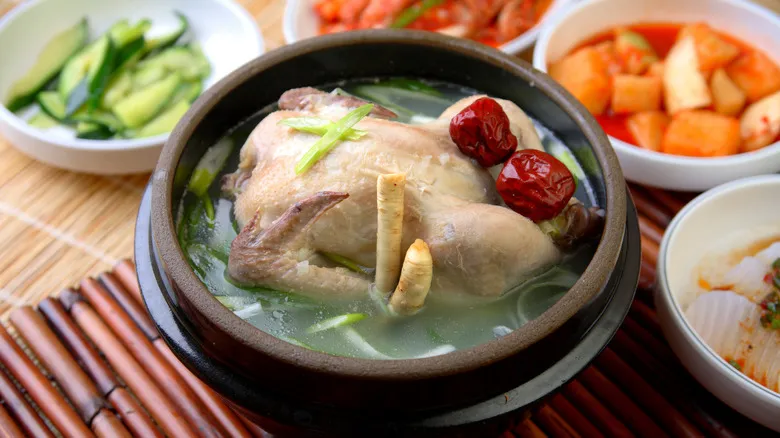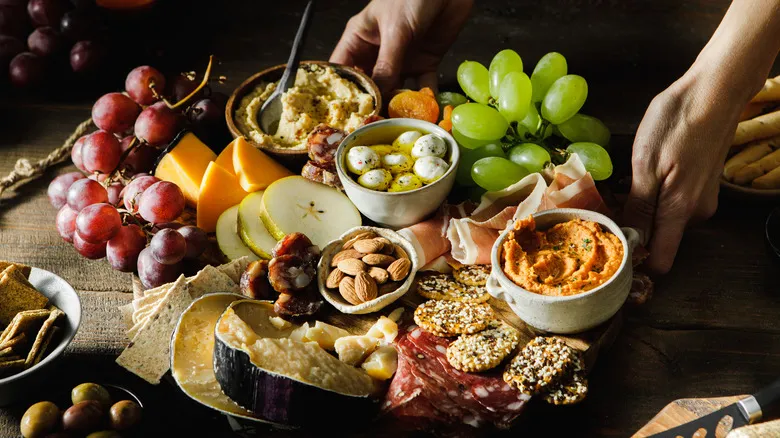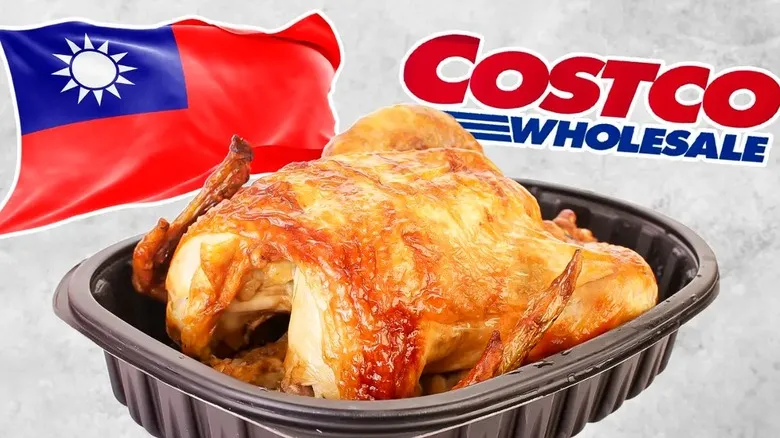Cultural symbolism of chickens in Taiwan

While the typical American shopper might be puzzled as to why Costco's rotisserie chickens are taken off the shelves after just two hours, they may also find it interesting to explore the cultural significance behind the Taiwanese custom of leaving the head on a chicken. This tradition is steeped in cultural meaning, particularly during the holiday season, and Costco appears to have recognized its importance.
For starters, presenting a whole chicken symbolizes togetherness and family cohesion. This is especially true during the Lunar New Year celebrations in Taiwan, where a complete chicken is viewed as a sign of good fortune for the upcoming year. This belief mirrors a tradition in the American South, where collard greens, beans, and rice are considered lucky foods for the New Year.
Conversely, the act of removing a chicken's head is also a recognized ritual in Taiwan. When someone is accused of a wrongdoing, they may take an oath and then behead a chicken. This act serves as a means for the accused to assert their innocence while allowing all parties involved to engage in a discussion about the dispute.
Benefits of eating the whole chicken

If you want to be more environmentally conscious in the kitchen while still enjoying meat, opting for a whole chicken could be a great choice. Food waste significantly contributes to harmful greenhouse gas emissions, but by consuming the entire bird, you'll have fewer leftovers to discard.
To get started with whole chicken recipes, consider making a poached chicken. Paired with a simple dipping sauce made from raw ginger and scallions, this Cantonese dish highlights the chicken's natural flavors. For a more adventurous option, try black silkie chicken soup. Despite the dark skin of the silkie chicken, its taste is quite familiar. This soup is believed to have medicinal benefits due to the inclusion of Chinese herbs, ginger, and goji berries, and it is traditionally served to new mothers after childbirth.
Dishes like black chicken soup offer nutritional advantages, as chicken heads are rich in glucosamine and chondroitin, which are known to support joint and hip health. While the idea of eating a chicken head may be off-putting to some, cooking it effectively eliminates bacteria, making it a safe option. Whether you're aiming to reduce food waste or explore new culinary creations, incorporating the practice of eating whole chicken into your cooking routine could be a valuable addition.
Recommended

Ever Wonder Why Costco Doesn't Label Its Aisles?

Can You Buy A Charcuterie Board At Costco?

9 Things You Didn't Know About Costco's Return Policy

10 Costco Food Court Items From Around The World
Next up

